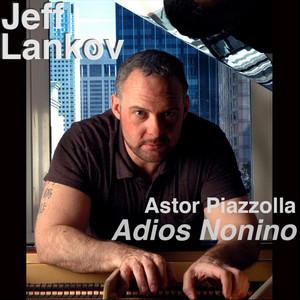
- 歌曲
- 时长
简介
Astor Piazzolla is known mostly for his daring and original work in the musical formof the tango. After moving with his family from his native Buenos Aires to New York City at a young age, his father gave him a bandoneon he found in a pawnshop, while feeling nostalgic for his homeland. Astor mastered the traditional tango instrument while also absorbing the wide-ranging musical styles of jazz and classical music. In 1937 his family returned to Buenos Aires, where he began to study classical composition with composer Alberto Ginastera. All the while he performed in tango bands and wrote his own tango music. In 1953 his life changed dramatically when he traveled to Paris to study with the famed Nadia Boulanger. Piazzolla related the story of Boulanger’s examining of his classical compositions: “After along while, she said, 'Here you are like Stravinsky, like Bartók, like Ravel, but you know what happens? I can’t find Piazzolla in this.’ I was very ashamed to tell her that I was a tango musician. Finally I said, ‘I play in a night club.’ I didn’t want to say cabaret. And she answered, ‘Night club, mais oui, but that is a cabaret, isn’t it?’ ‘Yes,’ I answered, and thought, ‘I’ll hit this woman in the head with a radio....’ It wasn’t easy to lie to her. She kept asking: ‘You say that you are not a pianist. What instrument do you play, then?’ And I didn’t want to tell her that I was a bandoneon player,because I thought, ‘Then she will throw me from the fourth floor.’ Finally, I confessed, and she asked me to play some bars of a tango of my own. She suddenly opened her eyes, took my hand and told me: ‘You idiot, that‘s Piazzolla!’ And I took all the music I composed, ten years of my life, and sent it to hell in two seconds.” Returning to Buenos Aires, Piazzolla formed his first of several tango bands and began creating wild and bold innovations to the traditional and conservative form. Known as “nuevo tango”, he incorporated elements of jazz and classical music, expanding the harmonic and rhythmic vocabulary of the style. His radical innovations were met with a great deal of controversy, but in the end have made him a musical legend both at home and abroad. His work Adiós Nonino, written in 1959, was composed on the occasion of his father’s death. A work full of deep melancholy, Piazzolla composed the theme for the piece the night his father passed away.







